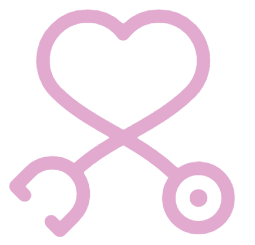If you are planning to enter clinical research field and you don’t have experience working with the software used in this area you don’t need to be worry. Remember the first time you had to start working with a new software, how did you learn about it? training? watching videos on Youtube? trial and error?
Clinical trial software are also the same. One of the first steps after you start your new role is to go through an orientation or training process and everything will go a lot smoother after 2 weeks of working with a software. However, remember that you need to show your knowledge about the software during the interview, this proofs that although you don’t have direct experience, but you are passionate and have spent time searching and learning about it. In this way you can differentiate yourself from other candidates.
The following are the most common software that are being used in the field of clinical trials.
Electronic Data Capture (EDC)
This software is for storing patient data. Patient data is initially recorded on paper forms called Case Report Forms (CRFs) and then data is entered and saved in an electronic case report form (eCRF) in the EDC system. In a clinical site the Clinical Research Coordinator or Data Entry Associate is responsible for entering patient data in EDC. One of the CRA’s responsibilities during the monitoring visit is to check the accuracy of the entered data in EDC.
Clinical Trial Management System (CTMS)
The main function of this software is to manage the clinical trials. Budgeting, tracking deadlines and milestones, managing site monitoring visits and writing reports for the monitoring visits are some of the features of CTMS software. Clinical Trial Managers and CRAs can use CTMS to review regulatory documents, and create a list of tasks that is required to be completed.
Interactive Web Response Systems (IWRS) and Interactive Voice Response Systems (IVRS)
IWRS and IVRS are the systems that help with patient management including randomization and enrollment. Moreover, these systems are developed for supply chain management, control study drug/device inventory and medication dispensing.
Electronic Trial Master (eTMF)
Before explaining the eTMF here is a definition of trial master files “The Trial Master File refers to a repository of documents that collectively can be used by monitors, auditors, assessors and sponsors to demonstrate that a clinical trial has been conducted in compliance with Good Clinical Practice (GCP) and the approved protocol.” Clinical trial regulatory documents traditionally have been paper based and all documents are captured in binders. These days with the advance technology eTMF provide the opportunity to save and stores all the regulatory requirements in an electronic format. So simply eTMF is the electronic format of trial master file.
Overall, spend some time learning about these software by reading through different platforms and watching software demo videos, be prepare before the actual interview and during the interview, explain the purpose and functionality of each software to show your knowledge.

